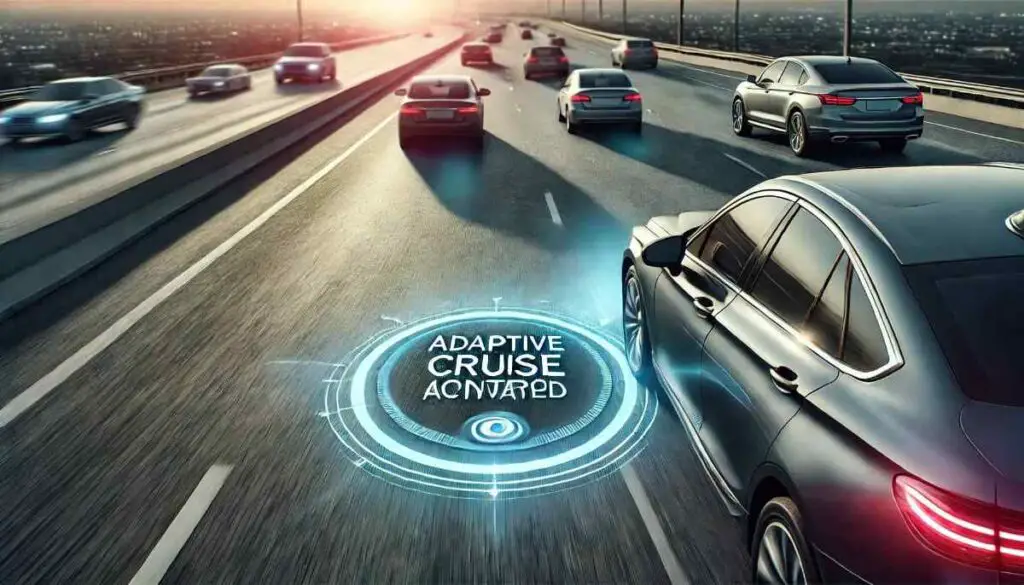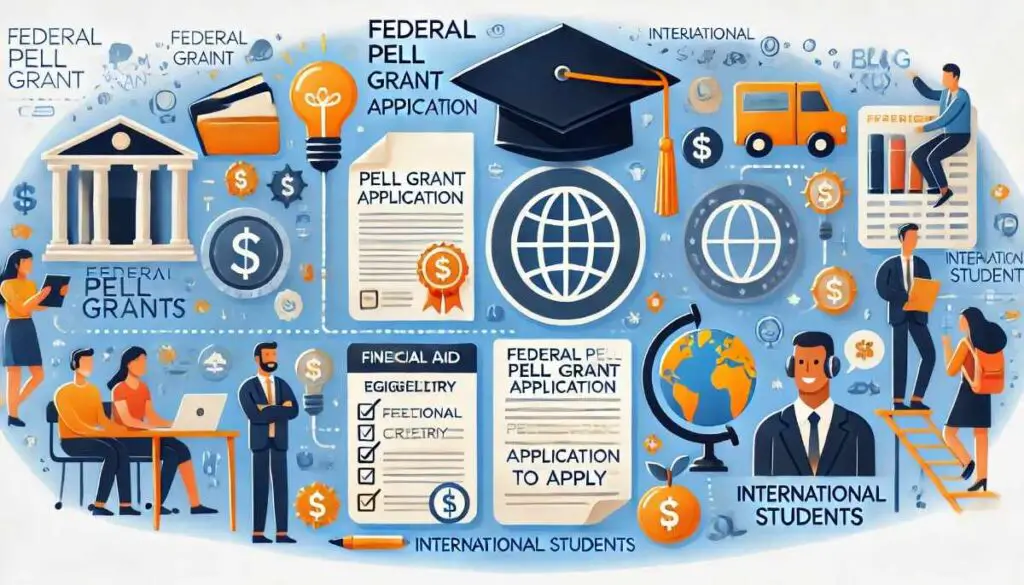In the state of Wisconsin, access to reliable transportation is not a luxury but a necessity. Whether it’s for daily commutes, running errands, or attending crucial appointments, having access to a vehicle greatly improves one’s quality of life. However, not everyone can afford to purchase a car outright. This article explores various programs in Wisconsin designed to assist residents in obtaining cars when traditional financing options may not be available.
I. Work-n-Wheels Program: Driving Towards Employment
A. Program Overview
The Work-n-Wheels program is a lifeline for individuals seeking vehicles for employment purposes. It is tailored to provide low-interest loans or grants to eligible candidates, ensuring that employment-related transportation is within reach.
B. Eligibility Criteria
- Employment Requirements
- Applicants must have a verifiable job or a job offer.
- This program caters to those who need a vehicle for employment-related purposes.
- Income Limits
- To be eligible, individuals must meet specific income requirements.
- These limits ensure that assistance reaches those who genuinely require it.
C. Application Process
Applying for the Work-n-Wheels program is a straightforward process. Interested candidates should contact the program’s local partners, where they will receive guidance on completing the necessary application forms and meeting eligibility requirements.
II. Wheels-2-Work Program: Keeping the Wheels of Employment Turning
A. Program Objective and Benefits
The Wheels-2-Work program mirrors Work-n-Wheels in its aim to provide individuals with vehicles that help maintain stable employment, thereby improving their financial situation and overall well-being.
B. Eligibility Criteria
- Job Stability Requirement
- This program typically requires applicants to demonstrate job stability or a clear potential for employment.
- License and Insurance Prerequisites
- A valid driver’s license and proof of insurance are typically necessary for program participation.
- Proof of Residence
- Candidates must establish their residence within the program’s designated area.
C. Application Process
Applying for Wheels-2-Work involves filling out an application form, providing the required documentation, and attending an interview with program representatives. Successful applicants are then matched with a suitable vehicle.
III. Job Access Loans (JAL) Program: Empowering Employment through Loans
A. Overview of the JAL Program
The Job Access Loans (JAL) program is a vital resource for individuals who need a vehicle to secure or maintain employment. Unlike other programs, it offers loans instead of grants.
B. Eligibility Criteria
- Job or Job Offer Requirement
- JAL applicants must have a job or a job offer, as the program aims to assist those in a position to repay a loan.
- Parental Status
- Parental status may affect eligibility and support options for applicants.
- Citizenship and Income Limits
- Specific citizenship requirements and income limits must be met to qualify for JAL.
- Child Support Cooperation
- JAL applicants must cooperate with child support requirements.
- Asset Restrictions
- The program may have limitations on the value of assets owned by applicants.
C. How to Obtain a JAL
To secure a Job Access Loan, applicants should contact participating financial institutions or credit unions, which work closely with the program to provide loans to eligible individuals
IV. Finding More Information
A. Visiting Organization Websites
For more detailed information about these programs, visit the official websites of the organizations that administer them. These websites offer valuable insights into the application process and eligibility requirements.
B. Contacting Local W-2 Agency for Assistance
Local W-2 agencies play a pivotal role in guiding individuals through the application process. They provide essential support in navigating the complexities of these programs, ensuring that you have the necessary assistance to make informed choices regarding your transportation needs.
V. Alternative Options: Exploring Car Loans for All Credit Types
A. Introduction to Car Loans for Poor/No Credit Individuals
In addition to the aforementioned programs, individuals with poor or no credit may explore traditional car loans available from banks, credit unions, and online lenders. However, there are key considerations to keep in mind when venturing into this option.
B. Highlight Potential Drawbacks: High Interest Rates and Fees
Car loans for individuals with poor credit often come with high-interest rates and additional fees. Therefore, it’s crucial to carefully evaluate the terms and conditions to ensure they align with your financial goals and abilities.
VI. Comparison Shopping: Navigating Car Loan Offers
A. The Importance of Comparing Different Lenders
When seeking any type of car financing, it’s essential to compare offers from different lenders. This process allows you to find the most favorable terms and conditions that suit your financial situation.
B. Considerations for Evaluating Loan Offers
Factors to consider when evaluating loan offers include interest rates, loan terms, down payment requirements, and additional fees. Thoroughly reviewing and comparing these aspects will help you make an informed decision when selecting a car loan, ensuring it aligns with your financial goals.
VII. Affordability Assessment: Determining Financial Feasibility
A. Stress the Importance of Determining Affordability
Before obtaining any car loan, it’s crucial to assess your financial situation to determine how much you can comfortably afford to repay each month. This step is essential to ensure that your financial well-being remains secure throughout the loan term.
B. How to Calculate Monthly Payments
You can calculate your monthly payments using a straightforward formula: divide the total loan amount by the number of months in the loan term, and then add the interest. This calculated figure will provide a clear understanding of your financial obligations, helping you make well-informed decisions when considering a car loan
VIII. FAQ – Frequently Asked Questions
A. What Programs Are Available for Obtaining a Car in Wisconsin?
In Wisconsin, several programs are available, including Work-n-Wheels, Wheels-2-Work, and Job Access Loans (JAL).
B. Can I Apply for Multiple Programs Simultaneously?
Yes, in many cases, individuals can apply for multiple programs simultaneously to increase their chances of obtaining a vehicle.
C. How Long Does It Typically Take to Get Approved for These Programs?
The approval process varies but generally takes a few weeks to a couple of months, depending on the program and your eligibility.
D. What Are the Consequences of Defaulting on a Car Loan?
Defaulting on a car loan can lead to repossession of the vehicle and damage to your credit score. It’s essential to communicate with the lender if you’re facing difficulties in making payments.
E. Are There Any Alternatives to These Programs for Acquiring a Vehicle?
Besides these programs, individuals can explore car loans from traditional lenders, but it’s essential to be aware of their credit and financial situation.
IX. Conclusion
A. Recap the Significance of Car Programs in Wisconsin
Car programs in Wisconsin are vital resources that provide access to affordable transportation, significantly improving the lives of individuals and families by fostering independence and enabling stable employment.
B. Encourage Readers to Explore Their Options and Make Informed Decisions
We strongly encourage readers to delve into the programs detailed in this article, reach out to local W-2 agencies for expert guidance, and explore alternative options, all while considering their financial well-being. By making informed decisions, individuals can enhance their lives and secure a path to stable employment and financial security.







